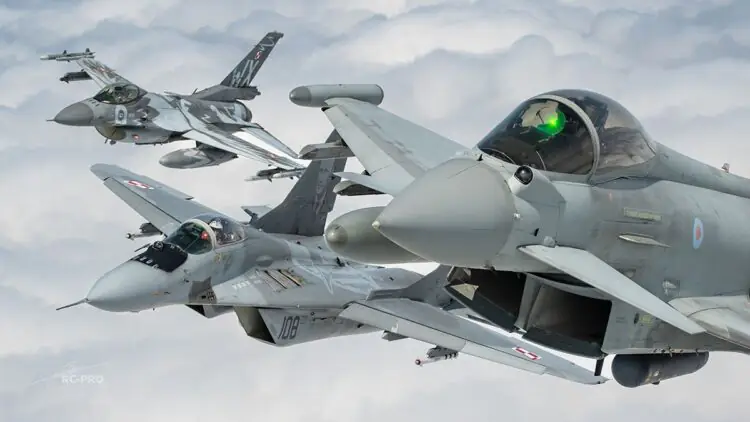British Typhoon and Swedish Gripen fighters (more about the Gripen can be found here) were deployed to Malbork, Poland, as part of heightened airspace patrols. The pilots experienced busy days: over six days, Typhoon pilots intercepted 15 Russian aircraft detected near NATO airspace. Photographers Rich Cooper and Andy Donovan conducted two sorties to capture images of the jets in flight.
Two of these interceptions occurred early in the month, when Typhoon aircraft were tasked with identifying and escorting an An-30 plane. This aircraft still bore the Open Skies mission markings, under which it conducted reconnaissance flights across Europe before Russia withdrew from the treaty.
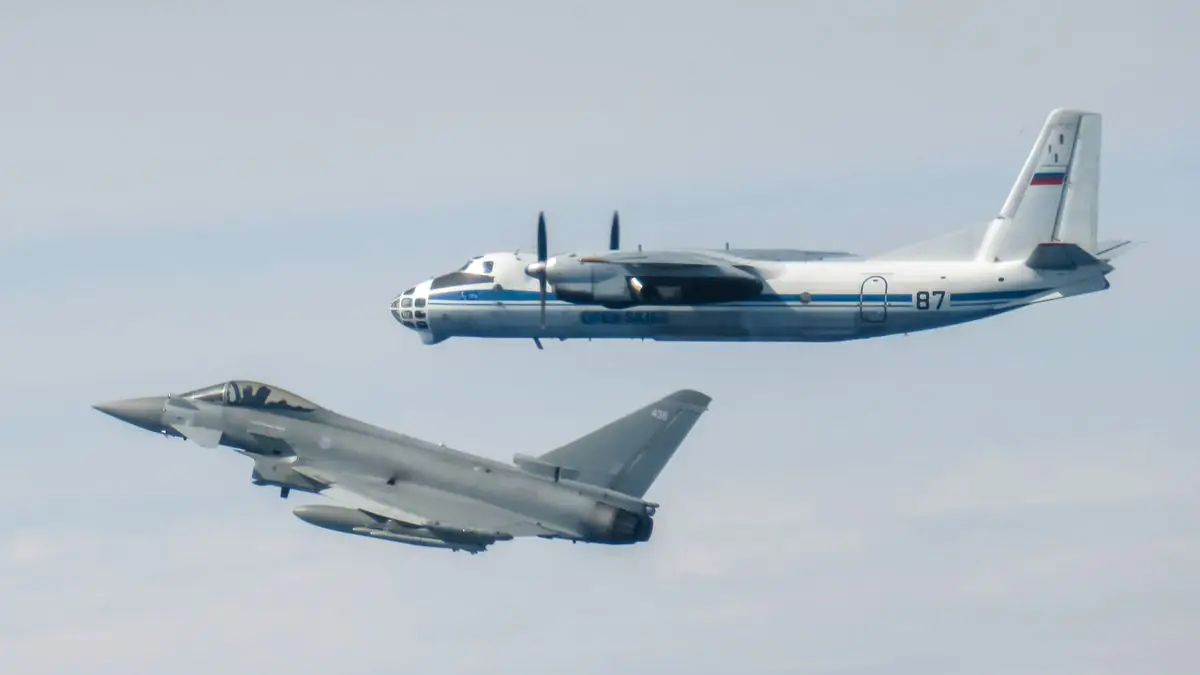
Following that interception, the British Typhoons were tasked with escorting an Il-20M electronic and communications reconnaissance aircraft. The next day, two Typhoons were scrambled to identify two unknown objects leaving Kaliningrad’s airspace. It was later confirmed that these were armed Su-24M strike aircraft, with one flying notably low over the American cargo ship USNS William McLean.
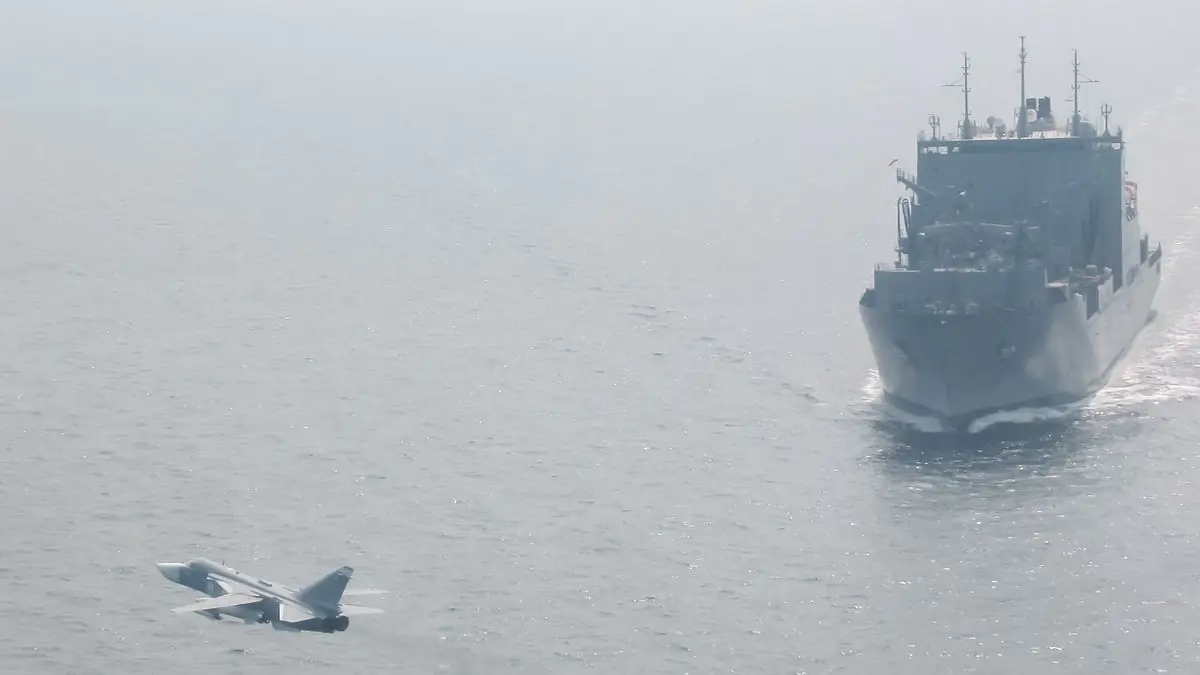
There were two more interceptions involving An-30 and Il-20M aircraft. Later, the Typhoons refueled mid-air from a German Airbus A400M and then escorted a Russian Tu-142 maritime patrol aircraft, which was accompanied by two armed Su-27 fighters. The next day, another An-30 was intercepted, and on June 12, two more Su-24 jets were intercepted, followed by an additional Il-20M aircraft.
“This has been an extremely intense operation. Over the past few weeks, we’ve gotten used to intercepting one aircraft, then being tasked with intercepting a second,” said a Royal Air Force pilot. “But intercepting a third aircraft in a single sortie is a first for me.” The Typhoon fighters have been deployed in Malbork and have been actively participating in the NATO mission since April 1.
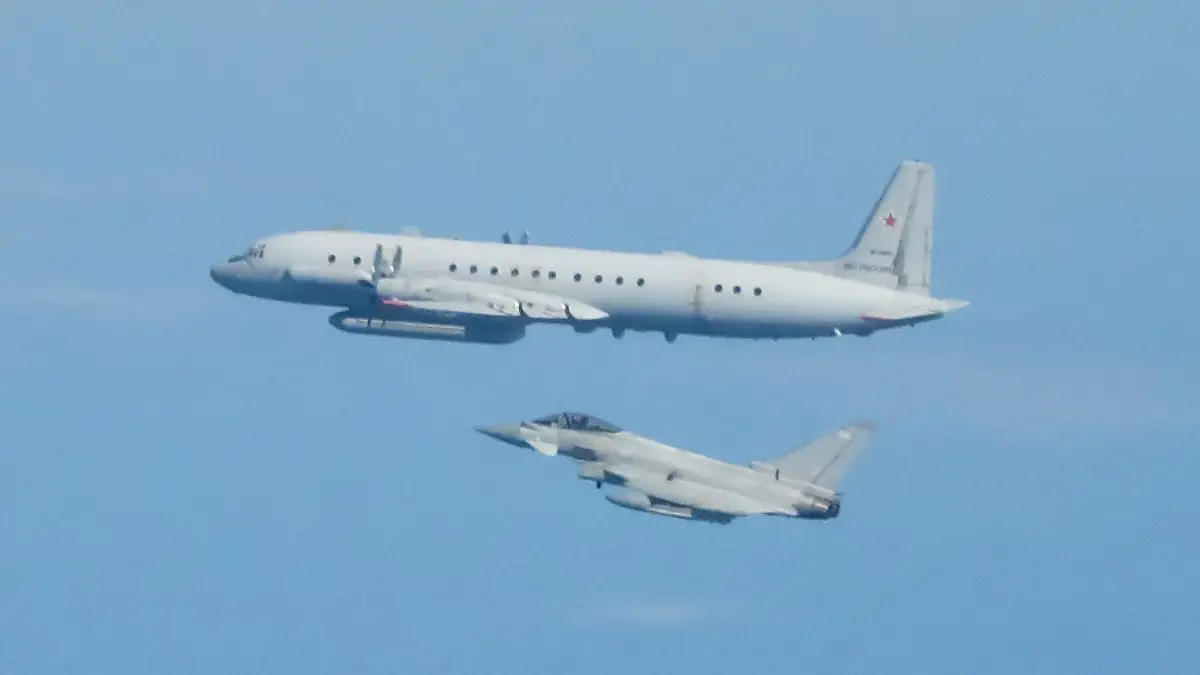
Swedish Air Force Gripen fighters have also joined the mission. Upon announcing the deployment, Colonel Jörgen Axelsson, head of Sweden’s Air Force Operations, stated: “By participating in NATO’s deterrence and defense, our Air Force strengthens the security of both Sweden and NATO. This is an important step in our cooperation and another move toward full integration of the Swedish Air Force into NATO’s air defense system.”
The Gripen aircraft are armed with infrared-guided IRIS-T air-to-air missiles as well as radar-guided Meteor missiles. The Typhoons are also expected to carry Meteor missiles, while relying on AIM-132 Advanced Short Range Air-to-Air Missiles (ASRAAM) for close combat.
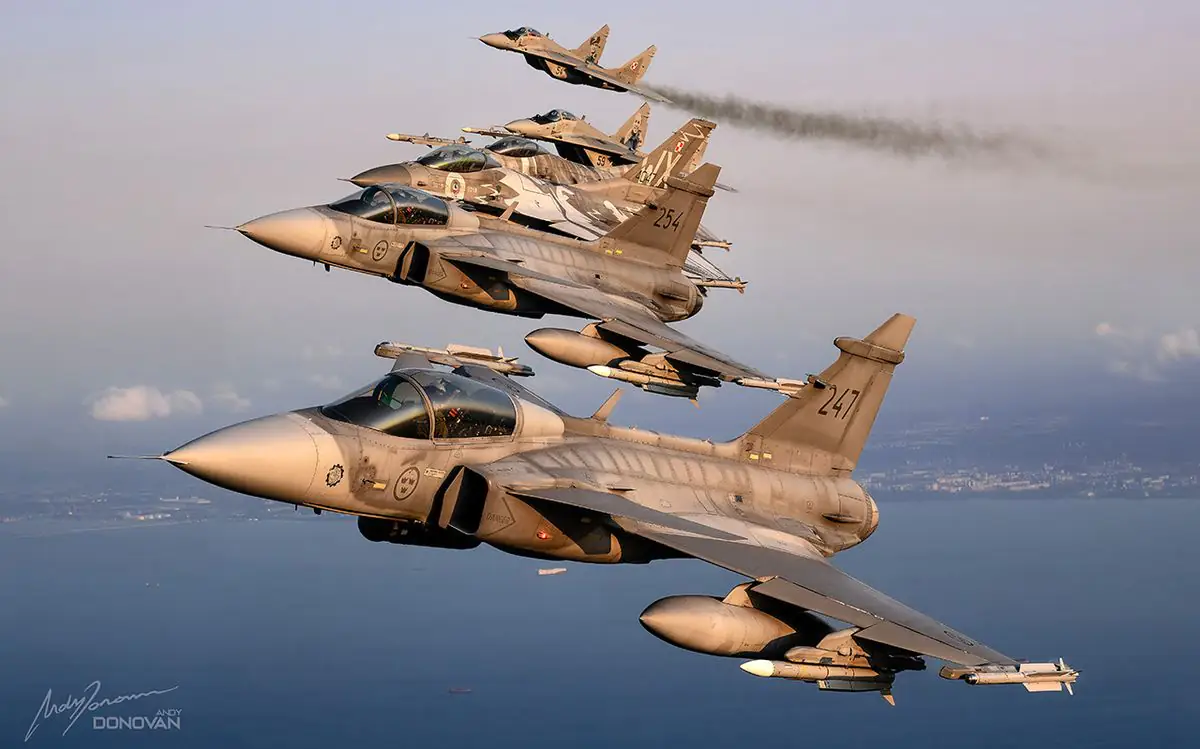
Some Gripen aircraft are equipped with the Litening targeting system. While these systems are typically associated with air-to-ground missions, they are also commonly fitted on police aircraft, as they enable identification and tracking of targets at long distances.
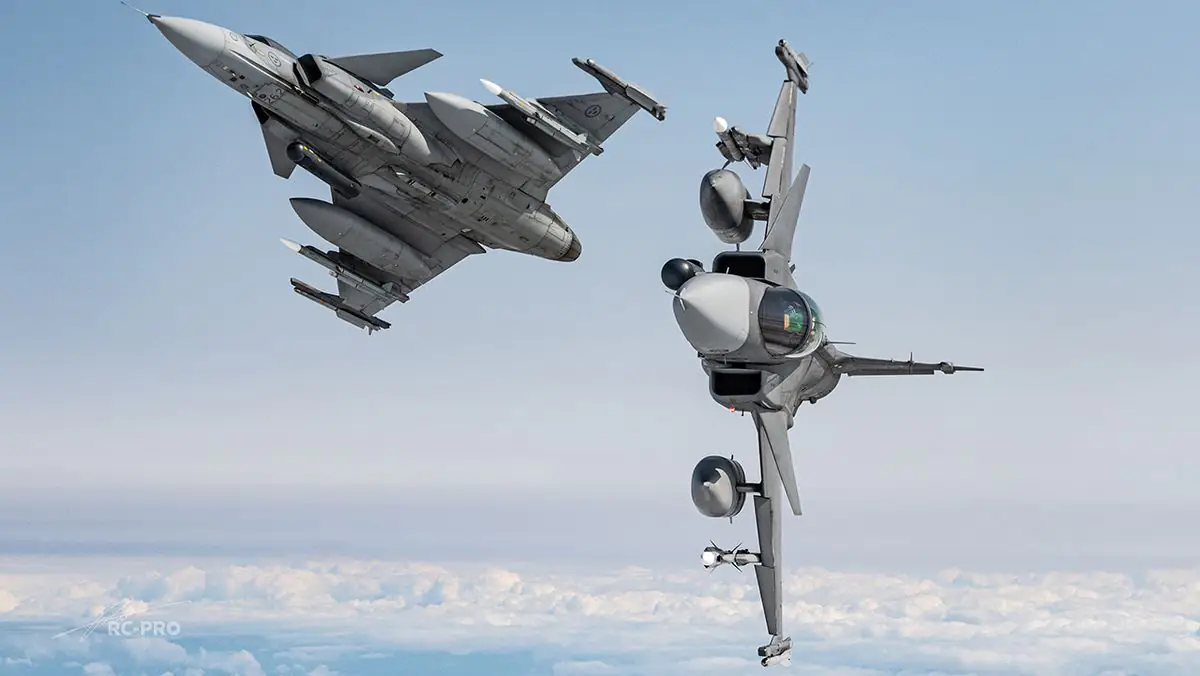
Malbork also serves as a quick reaction base for the Polish Air Force. It is currently the only base still operating MiG-29 aircraft, which are scheduled to be retired soon. There’s potential for these retired MiG-29s to be transferred to Ukraine, but Polish authorities have indicated they won’t release them until F-35 deliveries begin. Those deliveries are expected to start sometime in 2026.
Source: theaviationist


